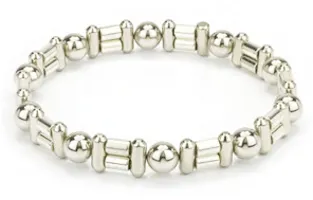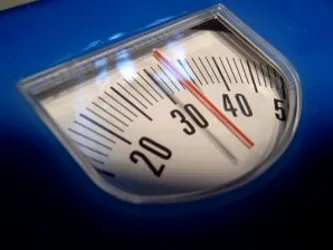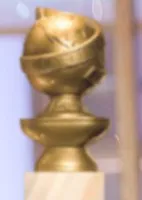
Does Long Hair Affect Your Health?
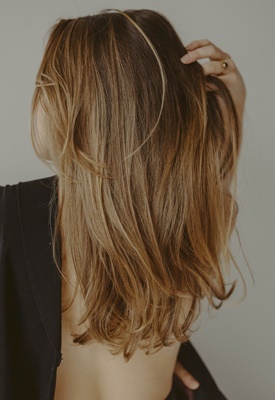 Photo by Mathilde Langevin on Unsplash
Photo by Mathilde Langevin on UnsplashI'm a huge fan of long hair.
My hair brushes the tops of my hips and has been to my hips since the 1990s.
Depending on which type of hair expert you speak to, long hair could conceivably affect your health directly or indirectly.
How Long Hair May Affect Your Health
People with long to very long hair quickly learn that their strands can get tangled.
The longer your hair, the more you're at risk for getting your strands caught.
Danger areas may be seat belts, car doors, buckles, zippers, an array of accessories, and jewelry.
Listed below are some ways long hair may affect your health:
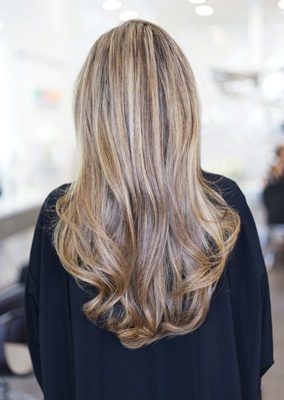 Jessie Dee" Dabrowski on Unsplash
Jessie Dee" Dabrowski on Unsplash- If your long hair is exceptionally long or heavy, it could cause stress and strain your neck and back.
- Hair-related stress and strain to your neck might put additional pressure on your shoulders.
- It could also cause extra pressure to the scalp and top of the head.
- Tightly plaited braids may cause pain to the roots and scalps. As a result, this may create bouts of insomnia.
- Various pressures to the roots, scalp, and body from long hair might result in ongoing headaches or other chronic aches and body pains.
- Highly placed buns or wrapped strands may even cause scalp numbness.
This is true, especially when hair is thick to very thick or heavy.
Even though I've worn my hair super long since the late 1980s, I have never experienced neck, back, or other pain from having long hair.
Solutions For Dealing With Long Hair Triggered Neck Or Back Issues
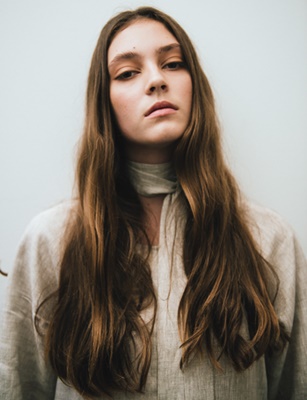 Photo by Flaunter on Unsplash
Photo by Flaunter on UnsplashI know a few people with very long heavy hair with neck and back issues. As a result, I've figured out some reasonable solutions to minimize the problems.
There are also rare, but potentially health-threatening issues if long hair accidentally gets caught in dangerous options.
Long Hair And Dangerous Machinery
The options might include machinery, fans, garbage disposals, or other dangerous components.
In those cases, severe injury to the scalp or head may occur.
Injuries for whatever reason to the roots, scalp, or head would be classified as health challenges
Sometimes those types of long hair accidents can even result in death, which could conceivably consider a kind of health issue.
Solutions For Dealing With Long Hair Triggered Issues
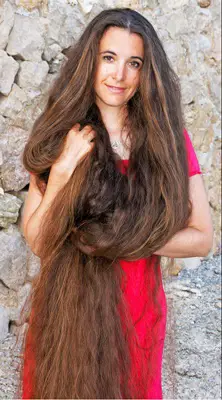 Marianne Ernst, a German Long Hair Model
Marianne Ernst, a German Long Hair ModelIf you love long hair as much as I do and enjoy wearing it, there are definite ways to avoid all potential problems or health challenges with long tresses.
Consider taking the following steps to avoid any long hair-triggered danger issues:
1. Alternate wearing your hair up and down. This will prevent undue pressure or stress to the roots, scalp, or top of the head.
2. When wearing your hair down, wear it in loose protective styles. Experiment with soft chignons, braids, or knots.3. Prevent hair from getting caught in your clothing or accessories.
4. Alternate where the base of your ponytails, buns, or knots are centered. This will help avoid the development of traction alopecia.5. If you get your hair braided, make sure the plaits aren't too tight. Excessive tightness may cause pressure to the roots or scalp.
6. Whenever you are around any machinery that your hair might get caught or tangled into, always wear your hair in a protective hairstyle.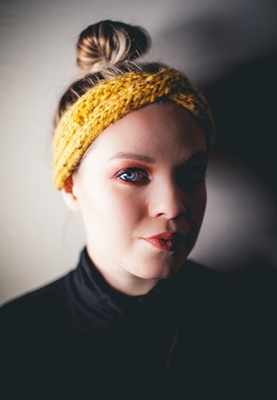 Image from Unsplash.com - All Rights Reserved.
Image from Unsplash.com - All Rights Reserved.7. Depending on the risk factor, you may want to wear your hair pinned up or under a protective beanie or similar headwear.
8. Whenever you express headaches or stress and strain to your neck, shoulders, or the rest of your body, change up your hairstyle.9. Invest in the appropriate type of ongoing hair maintenance. This may include keeping strands trimmer or dusted.
Scalp Massage Is Always Beneficial
If you experience headaches, neck or back pressures from your hair, schedule relaxing scalp massages.Regularly give yourself a scalp massage using your fingertips.
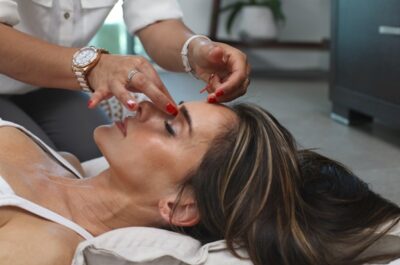 Image From Unsplash.com
Image From Unsplash.comMake sure not to use your nails or any scalp objects.
If you have painful roots, scalp, or headaches from having heavy hair, take time to relax.
Bend over at the waist and gently massage your hair. Lightly shake your head from side to side to relieve stress.
When in doubt do your own research, Or talk to your personal physician or hair expert.
Best wishes to all.Social Media Network Information
Please follow us on Twitter at: https://Twitter.com/HairBoutique. I look forward to meeting new people from all walks of Twitter and learning from their Tweets.



